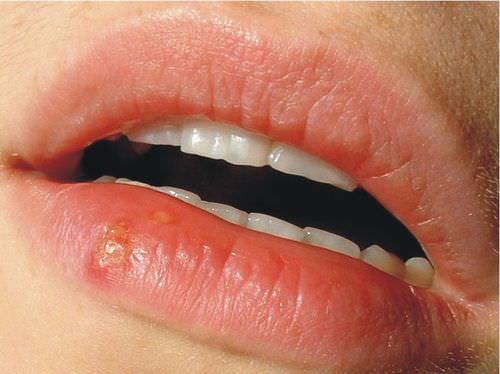11.28 诱变性循环 -- -- 高级
章节大纲
-
What happens when the viral genome fuses with the host genome?
::当病毒基因组 与主机基因组结合时会怎样?That fusion of the genomes is known as lysogeny or the lysogenic cycle. It is part of the viral "life cycle" and results in many new host that contain the viral genome.
::基因组的融合被称为淋巴质或淋巴循环,是病毒“生命周期”的一部分,导致许多含有病毒基因组的新宿主。Lysogenic Cycle
::低温循环that infect and eukaryotes can both enter the lysogenic cycle and also the . The lysogenic cycle is shown in the lower portion of Figure . When infecting a cell, some phages only lyse a small fraction of the cells they infect. Sometimes the phage DNA is incorporated into the host's and replicates along with the host DNA. This occurs as part of the lysogenic cycle. Once the viral DNA is incorporated into the host genome, the viral DNA is called a prophage.
::感染 和 eukaryotes 既可以 进入 诱发周期 , 也可以 进入 。 诱发周期 在图的下部分中显示。 当感染细胞时, 有些phages 只能吸取其感染的细胞的一小部分。 有时, phage DNA 被融入宿主的DNA中, 并和宿主的DNA一起复制。 这是作为 诱发周期的一部分 。 一旦病毒DNA 被纳入宿主基因组, 病毒DNA 被称为 原型 。Bacteriophages infecting bacteria go through the lytic (1, 2, 3) and lysogenic (i, ii, iii) cycles. The lytic and lysogenic cycles are explained in the text. During the lysogenic state, the information contained in the viral DNA is not expressed. But the prophage is copied like the rest of the DNA and is passed on to every daughter cell . For example, the Herpes Simplex Virus first enters the lytic cycle after infecting a human. It then enters the lysogenic cycle before travelling to the where it lies quietly in nerve fibers. After a period of time in the latent stage (perhaps months or years), the herpes virus can reactivate to the lytic stage, during which it may cause disease symptoms similar to those during the initial infection. The lysogenic cycle can be divided into three stages, as shown in Figure :
::在诱导状态下,病毒DNA中所含的信息没有被表达。 但病毒DNA中所含的信息和DNA的其余部分一样被复制, 并传给每个女儿细胞。 例如, 赫卑斯· 简单克斯病毒在感染人体后首先进入淋巴循环, 然后在进入静静的神经纤维状态之前进入淋巴循环。 在潜伏阶段( 可能是几个月或几年) 过一段时间后, 虫病毒可以恢复到淋巴阶段, 在此期间, 它可能造成类似于最初感染期间的疾病症状。 淋巴病毒可以分为三个阶段, 如图所示 :- i. Fusion of Genetic Material
- Lysogeny is characterized by the fusion of the viral with that of the host cell.
- ii. Replication of the Prophage
- The newly integrated prophage can be passed on to daughter cells during every . Cells containing the prophage may replicate many times.
- iii. Prophage Leaves Host DNA
- At a later point, the prophage may disassociate from the host DNA. As a result, the virus has entered the lytic cycle and virus particles are made by the host cell. The result of a virus infecting a human cell can be seen in Figure .
Cold sores are caused by the herpes simplex 1 virus. A person who has herpes simplex 1 viruses in their body will experience outbreaks of painful blisters on or around their lips. The outbreaks happen when the virus reactivates into the lytic cycle after quietly going through the lysogenic cycle for some time. For further information see the Medline plus web site at http://www.nlm.nih.gov/medlineplus/herpessimplex.html. Watch the video below and focus on the lysogenic cycle:
::关注下方的视频, 并聚焦于诱发周期:Summary
::摘要-
In the lysogenic cycle, the viral DNA gets integrated into the host's DNA but viral genes are not expressed. The prophage is passed on to daughter cells during every cell division. After some time, the prophage leaves the bacterial DNA and goes through the lytic cycle, creating more viruses.
::在液温循环中,病毒DNA被融入宿主的DNA中,但病毒基因没有被表达出来。在每一个细胞分裂期间,病毒基因被传递给后代细胞。经过一段时间后,病毒基因离开细菌DNA,经过液态循环,产生了更多的病毒。
Review
::回顾-
Compare the lytic and lysogenic life cycles.
::比较液压和诱发性生命周期。


